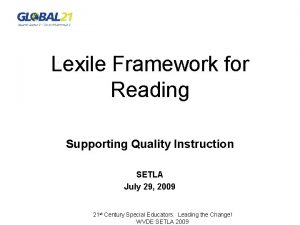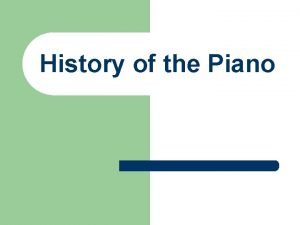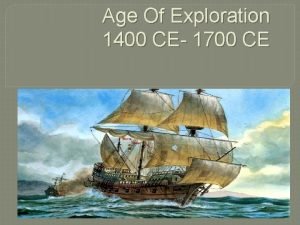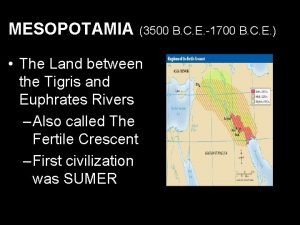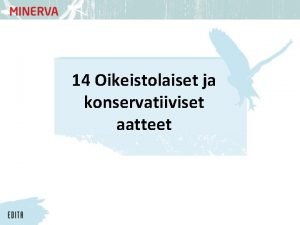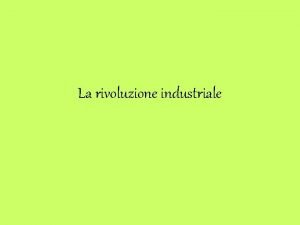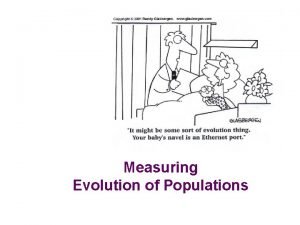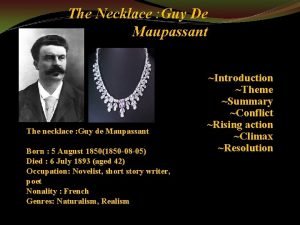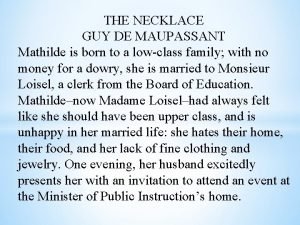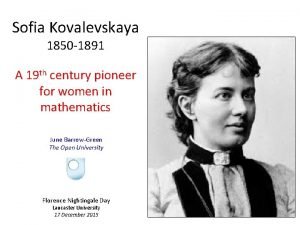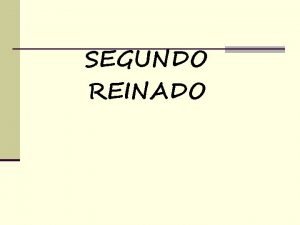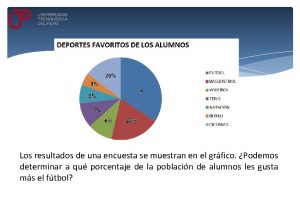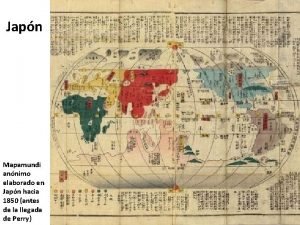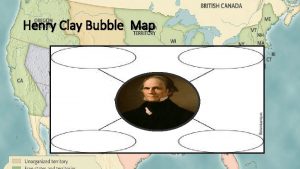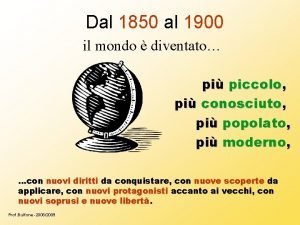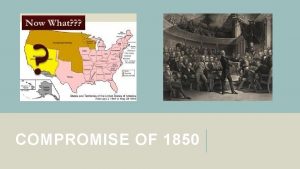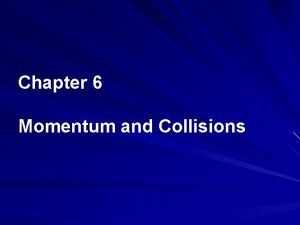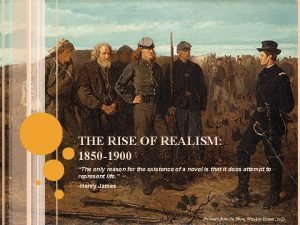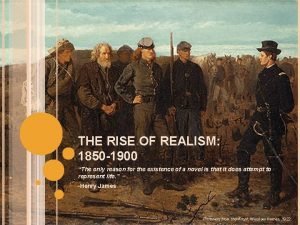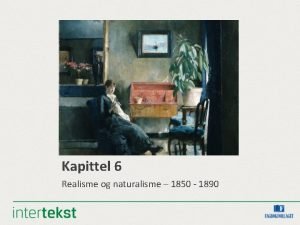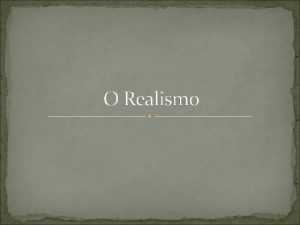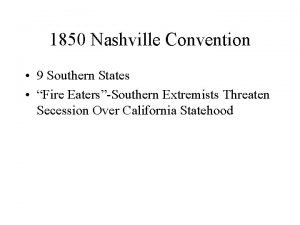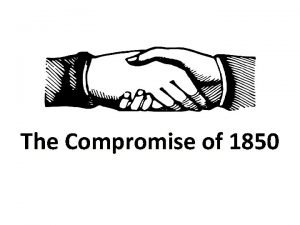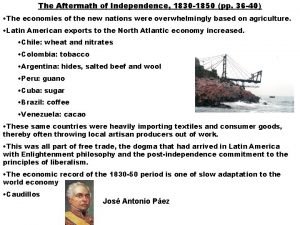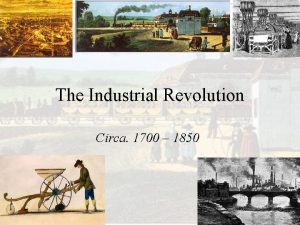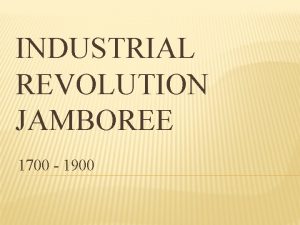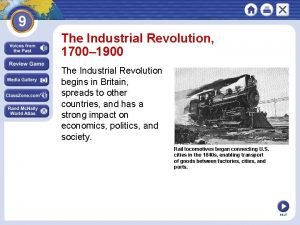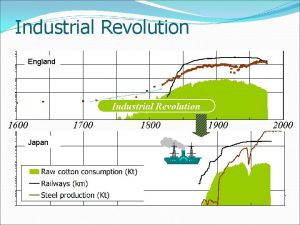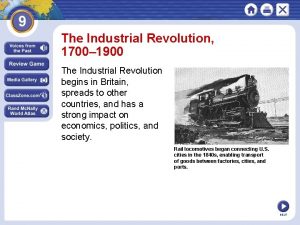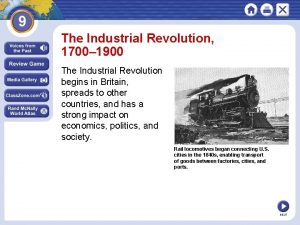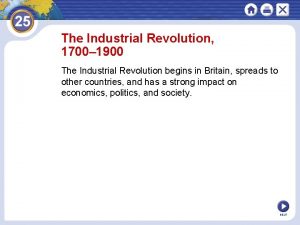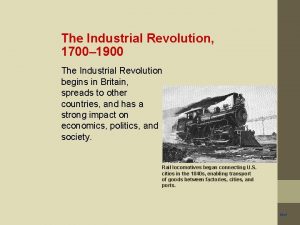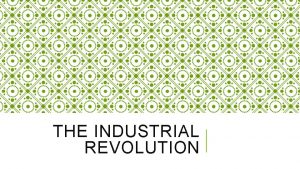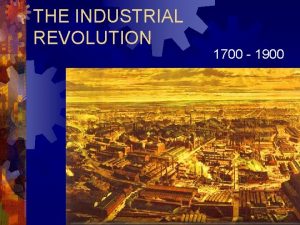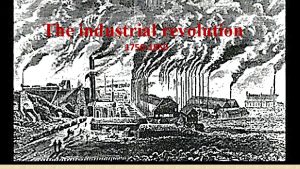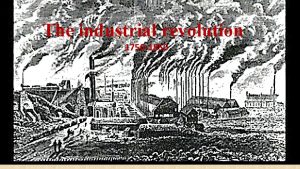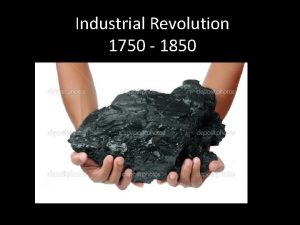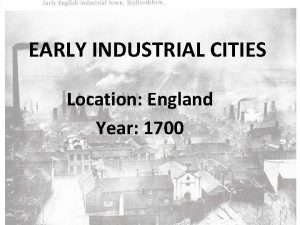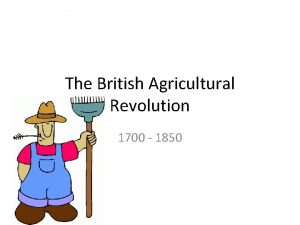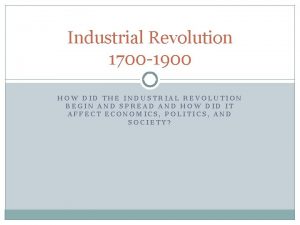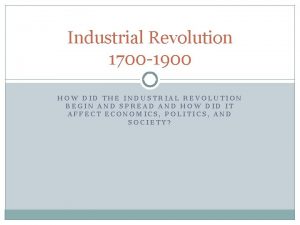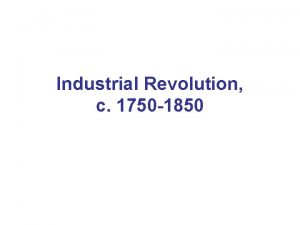Industrial Revolution 1700 1850 Industrial Revolution A change


































- Slides: 34

Industrial Revolution 1700 -1850

Industrial Revolution • A change in the ways people earned money and made goods that began in England around the mid-1800 s. People went from making goods in their own homes with simple tools to making them in large-scale factories with complicated machinery. As a result, many rural regions became more urban as cities grew rapidly around the new industrial activity

Putting- Out System • Domestication system • The process of producing a product from raw material to finished product in the single homes in England. • Example: land—sheep—wool—thread— sweater –sell to individuals or a buyer of large quantities.

Enclosure movement • The process of taking over small land fencing it off. • As wool became more valuable, people began to close off land. • As a result of the fencing, people were landless and forced to move to urban centers in search of employment.

Changes in Textiles • A growing demand for cotton lead to several technological advances in the Textile Industry. • The flying shuttle allowed weaves to work much faster. • The spinning jenny spun many threads at one time, as opposed to just one.

Factories • Because the new machines were so large shacks were built to house them. • Workers would come to the shacks. • These buildings became known as Factories.

Changes in Transportation

• The invention of the steam locomotive made it so goods could not travel quicker across land not only on water. • The first Railroad was in 1830 from Liverpool to Manchester.

Result As Supply increased Due to the new Technology Prices fell Therefore Demand Increased, which Only further increased The production of Goods, known as Supply.

Second Wave of Technology, late 1800 s • Henry Bessemer purified ore and created steel, which is lighter and more durable. • By late 1800 s electricity was the major source of power. • 1800: First Battery • 1870 s: Thomas Edison created the light bulb

• The first telegraph was in 1844 between Baltimore and Washington D. C. • 1876: first Bell phones as seen on the left.

• Nickolaus Otto invented the gas powered internal combustion engine, which lead to the creation of automobiles. • 1886 Karl Benz received the first patent for a three wheel auto. • 1887 Gottlieb Daimler built a four wheel auto.


Changes in how you work New methods of production included: assembly line interchangeable parts These new methods made it so more goods were made in a shorter amount of time and jobs became specialized and monotonous.

Effects • The Industrial Revolution resulted in: the creation of tenements child labor growth of cities a new middle class of inventors, artisans, and merchants an urban working class

Mary Shelley’s Frankenstein • “It was on a dreary night of November, that I beheld the accomplishment of my toils. With an anxiety that almost amounted to agony, I collected the instruments of life around me, that I might infuse a spark of being into the lifeless thing that lay at my feet. It was already one in the morning; the rain pattered dismally against the panes, and my candle was nearly burnt out, when, by the glimmer of the half-extinguished light, I saw the dull yellow eye of the creature open; it breathed hard, and a convulsive motion agitated its limbs”

Frankenstein • First published in 1817, the most popular edition is the 1831 one. • The story is about a doctor that builds a human with new scientific technology. When the creature comes to life the doctor is horrified and shuns him. • Frankenstein ends up killing the doctor’s brother and wife as revenge.

• The story was written in response to the fear that the Industrial Revolution would go too far. • Why would people have such fears? • Activity: outline your own story of Frankenstein. What about technology is scary today? • Your outline doesn’t have to be about building a human. Some examples: robots taking over, genetically building babies etc…

1708—Seed drill--- Jethro Tull • Large scale planting in rows for easier cultivation

1709—Iron smelting--Darby • Wood and charcoal are replaced by iron as a means of fuel

1733—flying shuttle—John Kay • The flying shuttle improved looms to enable weavers to weave faster.

1764—Spinning jenny—James Hargreaves • Creation of an automated weaver • Loss of labor was a result of the patenting of the spinning jenny.

1769—water frame—Richard Arkwright • Water powered loom • Production of a stronger thread for yarns • Better for factory production

1785—Power loom—Edmond Cartwright • Steam powered loom

1793—cotton gin—Eli Whitney • The cotton engine removed the seeds from the actual cotton bulb. • Allowed for more slaves to work in the fields. • Demand for cotton from America skyrocketed.

1807—steamboat –Robert Fulton • The “Clermont”– first successful steam powered boat in America. • Revolutionized travel and trade.

1815—Davy’s miner lamp • A safety lamp that will keep the flame contained while in the mine.

1825—Railway locomotive-Stephenson • Named the “Rocket”, the early locomotives were a quicker, more efficient method of the transporting goods and services. • The railroads are the tool that is responsible for the growth of cities and the spread of ideas.

1829—typewriter—William Burt • First patented by Burt in America, the typewriter provides clear, standardized letters for communication.

1831—mechanical reaper—Cyrus Mc Cormick • First reapers cut the standing grain with a revolving reel, • After the cut, it was swept onto a platform from which it was raked off into piles by a man walking alongside. It could harvest more grain than five men using the earlier cradles

1837—telegraph—Samuel B. Morse • Instant communication • Father of Morse code


1851—sewing machine--Singer • The best patented machine at the time • Eased the labor force • Fast machine that sped up the sewing process

1855 -Bessemer process- steel • A converter to steel from iron • Makes iron cheaper allowing more access to the general public.
 Request mast
Request mast Map lexile range
Map lexile range Eric weiner fdny
Eric weiner fdny Piano 1700
Piano 1700 1700 ce
1700 ce 3500 bce
3500 bce Esapideak zerrenda
Esapideak zerrenda Rivoluzione agricola 1700
Rivoluzione agricola 1700 1700 luvun aatesuunta
1700 luvun aatesuunta Rotazione quadriennale 1700
Rotazione quadriennale 1700 Jacobean and caroline prose
Jacobean and caroline prose To resize an embedded chart, ____.
To resize an embedded chart, ____. 1 in 1700 us caucasian newborns have cystic fibrosis
1 in 1700 us caucasian newborns have cystic fibrosis Cisco aironet 2800 設定
Cisco aironet 2800 設定 1700 bce
1700 bce Where was prussia in 1850
Where was prussia in 1850 Summary of the necklace story
Summary of the necklace story Into which family was mathilde born
Into which family was mathilde born Complication in the necklace
Complication in the necklace Sofya kovalevskaya (1850 – 1891)
Sofya kovalevskaya (1850 – 1891) N
N Neoclassical 1750 to 1850
Neoclassical 1750 to 1850 Dos depositos contienen 2587 y 1850
Dos depositos contienen 2587 y 1850 Japon mapamundi
Japon mapamundi Explain the compromise of 1850
Explain the compromise of 1850 Scoperte scientifiche dal 1850 al 1900
Scoperte scientifiche dal 1850 al 1900 Who created the compromise of 1850? *
Who created the compromise of 1850? * A 1850 kg luxury sedan stopped
A 1850 kg luxury sedan stopped Realism 1850 to 1900
Realism 1850 to 1900 Realism 1850 to 1900
Realism 1850 to 1900 Det moderne gjennombrudds dramaer
Det moderne gjennombrudds dramaer Entre 1850 e 1900 surge nas artes europeias
Entre 1850 e 1900 surge nas artes europeias Nashville convention 1850
Nashville convention 1850 Compromise of 1850
Compromise of 1850 1850*36
1850*36

